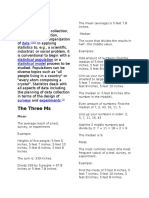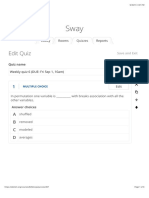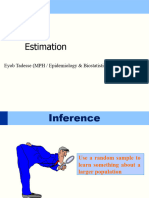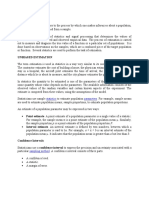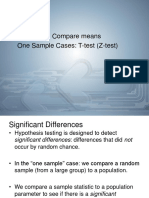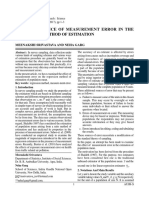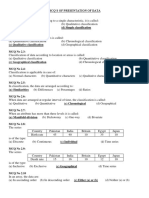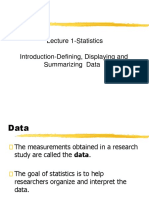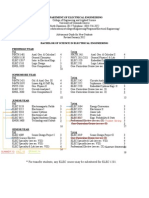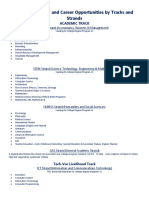0% found this document useful (0 votes)
135 views67 pagesStatistics and Data
This document provides an overview of statistics concepts and a case study on Pepsi's exclusivity agreement with a university. It discusses the relevance of statistics, introduces basic concepts like population and sample, parameter and statistic. It also describes different sampling methods like simple random sampling, stratified random sampling and cluster sampling. The case study examines Pepsi's current market share and profit/loss calculation if it accepts the university's exclusivity agreement. It details a market survey conducted by a recent graduate to estimate the potential sales volume.
Uploaded by
Vipin KanojiaCopyright
© © All Rights Reserved
We take content rights seriously. If you suspect this is your content, claim it here.
Available Formats
Download as PDF, TXT or read online on Scribd
0% found this document useful (0 votes)
135 views67 pagesStatistics and Data
This document provides an overview of statistics concepts and a case study on Pepsi's exclusivity agreement with a university. It discusses the relevance of statistics, introduces basic concepts like population and sample, parameter and statistic. It also describes different sampling methods like simple random sampling, stratified random sampling and cluster sampling. The case study examines Pepsi's current market share and profit/loss calculation if it accepts the university's exclusivity agreement. It details a market survey conducted by a recent graduate to estimate the potential sales volume.
Uploaded by
Vipin KanojiaCopyright
© © All Rights Reserved
We take content rights seriously. If you suspect this is your content, claim it here.
Available Formats
Download as PDF, TXT or read online on Scribd
/ 67










